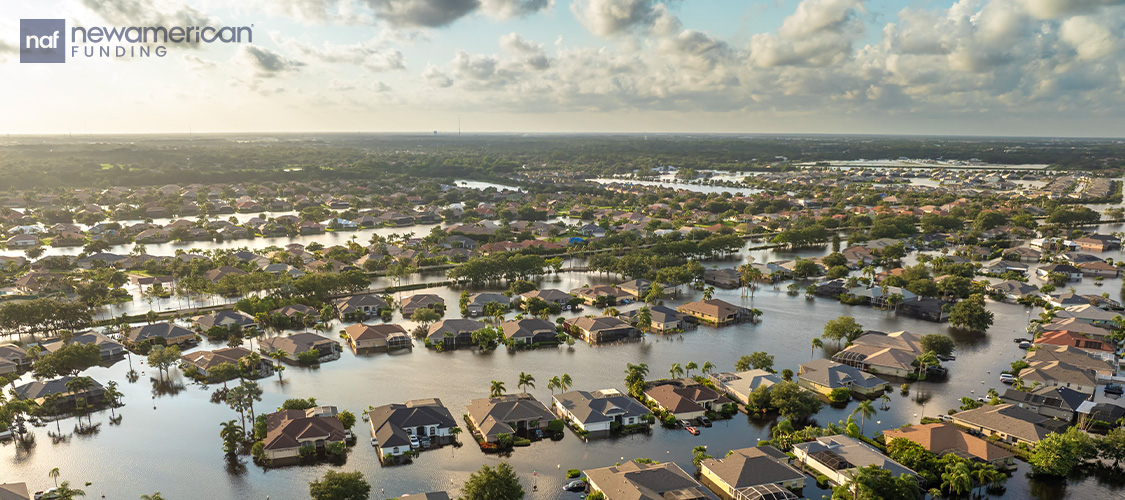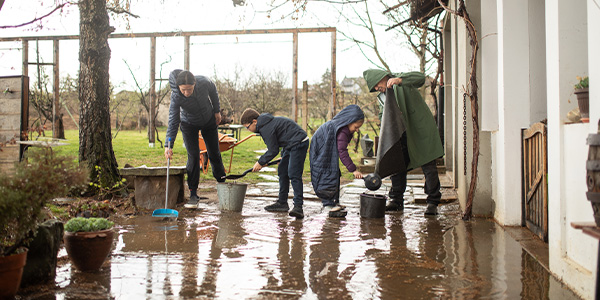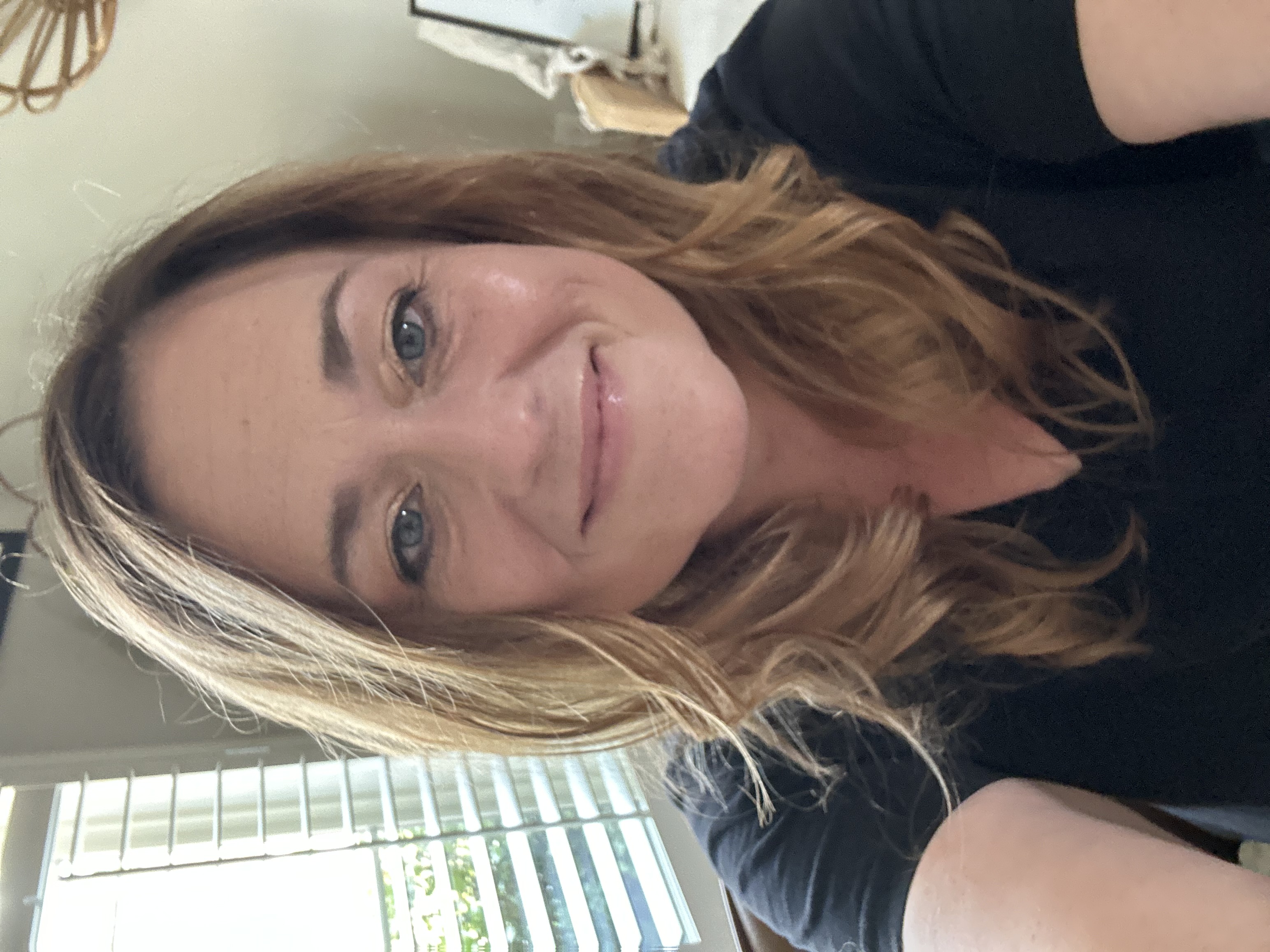Homeowners
Is Flood Insurance Really Necessary? Understanding Flood Zone Risk
June 24, 2025
When you think about home insurance, you probably assume you're covered for just about anything nature can throw your way.
But here’s something many homeowners don’t realize: standard homeowners insurance does not cover flood damage.
And it’s not just about hurricanes on the Gulf Coast or rising rivers in the Midwest. Flooding is now a year-round, nationwide threat.
About 90% of natural disasters in the U.S. involve flooding, according to the Insurance Information Institute. And 77% of American homeowners believe their flood risk is increasing, according to Neptune Flood’s 2024 Annual Consumer Survey.
So, the big question: If you’re not required to carry flood insurance, do you really need it?
FEMA Flood Zones: What do they mean?
The Federal Emergency Management Agency (FEMA) divides the country into different flood zones based on statistical flood risks. The ones you may have heard of:
- Zone AE, A, or VE: High-risk flood areas. If you have a mortgage from a federally-backed lender, you’re required to carry flood insurance if you purchase a home in these zones.
- Zone X, B, or C: These are labeled as “moderate” or “low” risk, so flood insurance generally isn’t required to get a mortgage. But they’re still flood zones.
"Many homeowners believe that if they are in an X, C, or B flood zone, it's not really a flood zone. Except, they are all flood zones,” said real estate agent Leslie Heindel, co-owner of Be New Orleans. “It’s just that your lender might not require insurance. Personally, I would always carry it.”
Even FEMA’s maps have their limits. The maps don’t always account for local drainage issues, sudden urban development, or infrastructure failures—any of which can turn a so-called “safe zone” into a flood zone overnight.
Why low flood risk doesn't mean no risk

A major myth among homeowners is that if you’re not required to buy flood insurance, you’re not at risk. The reality is, more than 40% of flood claims come from properties outside high-risk areas, according to FEMA.
From New Orleans to Nashville, cities have experienced catastrophic flooding due to failed pumps, clogged drainage, and rising sea levels.
The cost to repair even minor water damage can be pricey.
Water damage restoration costs an average of $3,826 to remedy, up to about $16,000, according to Angi. However, if a home suffered severe flood damage, it can cost even more to fix.
Mold removal, often necessary after flooding, typically runs between $1,200 and $3,800, according to Angi.
So, should you get flood insurance?
Not everyone is required by their mortgage provider to carry insurance, but it is worth considering, especially if you live in an area prone to heavy rain or water events.
Flood insurance can also be more affordable than you might think.
Flood insurance is available through FEMA’s National Flood Insurance Program (NFIP) or private insurers. Here are a few practical ways to protect yourself and possibly save some money:
Tips to get the best rates (and smartest coverage)

- Check your official flood zone
Visit the FEMA Flood Map Service Center to see your property’s designation. - Shop around
Compare NFIP rates with private insurers. Some offer more coverage or lower premiums depending on your area and home structure. - Adjust your coverage — not just your deductible
While FEMA sets base rates, you can adjust building and contents coverage levels to find the best value. Just be careful not to underinsure. - Take preventive measures
Elevating utilities, sealing basement walls, or installing sump pumps may reduce your risk and could lower premiums. - Talk to long-time neighbors
Ask neighbors if the area has ever flooded and how often.
The bottom line
You wouldn’t go without car insurance just because you might not crash. The same logic applies to your home, especially when weather patterns are more unpredictable than ever.
“Let Hurricane Katrina be your reminder,” Heindel says. “Many homes in areas people thought were ‘outside flood zones’ got flooded.”
You don’t want to find out too late that you’re not covered. Whether you’re on a bayou or a hilltop, it can’t hurt to get a quote.






 Smart Moves Start Here.
Smart Moves Start Here.